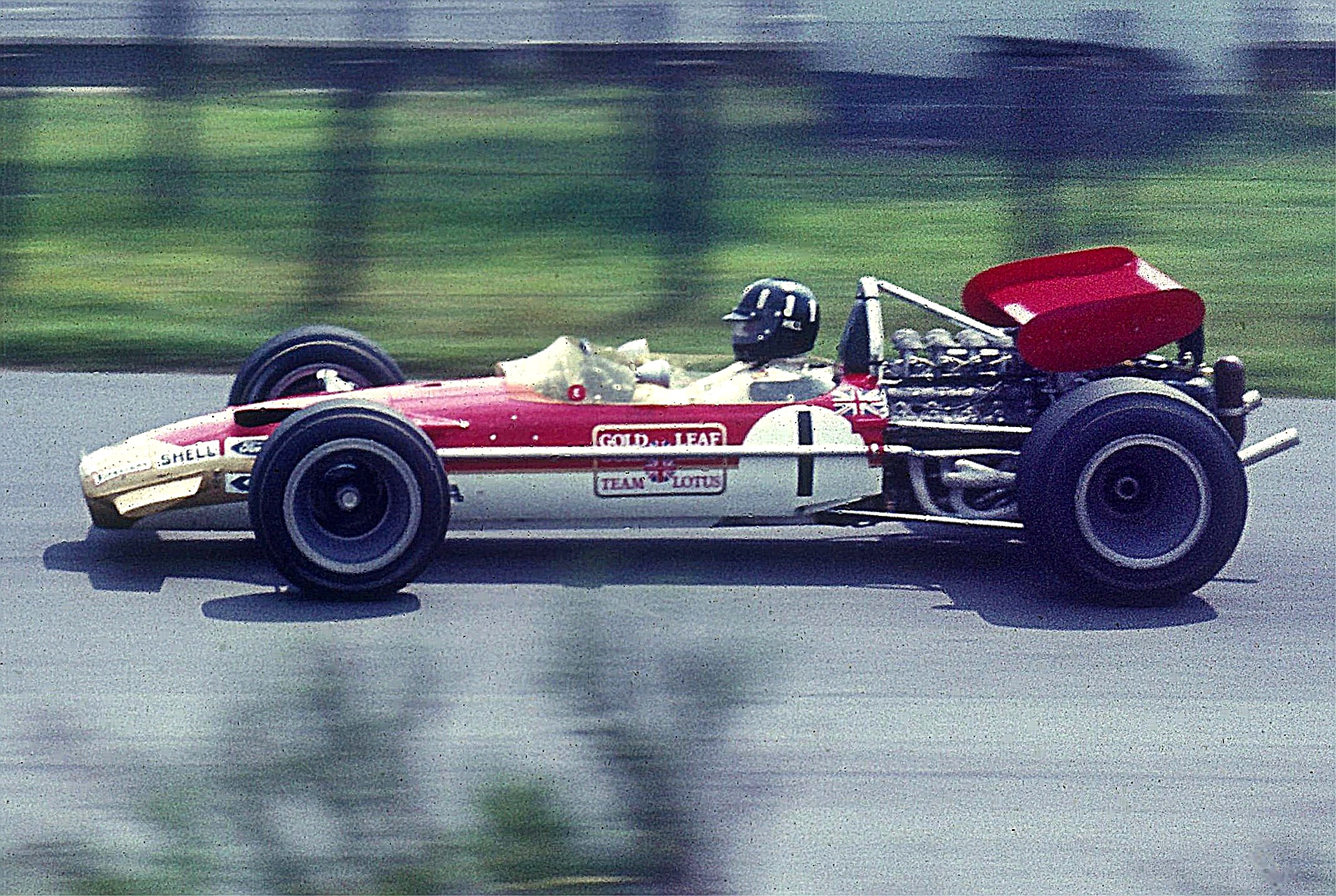Here starts a 3 part article series covering some important aspects of this decade in Formula 1. Over the years, F1 has become more truly a global sport with circuits in all different parts of the world. Though it was considered a global sport 5 decades back, but its presence was felt mainly in the western hemisphere with all tracks being in that half of the world. Even now, most of the audiences are Europe based, but slowly it has begun to increase in Asia. This was the time when F1 slowly began to evolve from being a sport for just the rich and famous to more towards wider participation.
In the first part of the article series, technological and cosmetic innovations in F1 will be discussed.
Engine- By the end of 1960, the rear-engine cars were dominant. Cooper re-introduced the mid-engine cars, which became quite popular and saw all regular competitors using it by 1961 with the new reduced 1.5L engine rules. This made the F1 cars the fastest among all cars in the European race arena; but by 1966 sports cars were quicker thanks to their larger and more powerful engines. Hence F1, in continuance with the trend of being the fastest, tweaked the rules to allow either 3L engines or 1.5 L with compressor engines, which was used and continuously developed over the years.
 Chassis- Evolution from space frame design to the Monocoque was thanks to Colin Chapman’s innovative aluminium sheet Monocoque chassis. Hence, this was a single piece design when compared to the earlier multiple parts design. This brought about a huge improvement in safety standards and has been continuously improved upon over the years.
Chassis- Evolution from space frame design to the Monocoque was thanks to Colin Chapman’s innovative aluminium sheet Monocoque chassis. Hence, this was a single piece design when compared to the earlier multiple parts design. This brought about a huge improvement in safety standards and has been continuously improved upon over the years.Note: Monocoque forms the primary part of the chassis (the rectangular framework which acts as the basic bone structure of the F1 car) with the engine and front suspension placed onto it.
 Sponsorship: With the costs in Formula 1 escalating, it became a requirement to have sponsors for the teams in order for the teams to continue. Lotus were once again the pioneers in this field with their 1968 racer featuring Imperial tobacco painting in their livery. Ferrari meanwhile began to use the now distinct Shell decal.
Sponsorship: With the costs in Formula 1 escalating, it became a requirement to have sponsors for the teams in order for the teams to continue. Lotus were once again the pioneers in this field with their 1968 racer featuring Imperial tobacco painting in their livery. Ferrari meanwhile began to use the now distinct Shell decal.Note: Through sponsorship, companies are able to obtain worldwide publicity by paying money to the teams and having their logo/ images shown on the bodywork of the car.
Aerodynamics: During the late 1960s, several teams began to experiment with the now familiar wing/ aerofoil design seen in present day F1 cars. Though at that time they used a more basic design compared to the more sophisticated ones present now. So this has gradually brought about much higher cornering speeds, and hence quicker lap times.
Note: Aerodynamics are the small body parts that are added or modified in an F1 car, such as bargeboards, winglets, etc..

No comments:
Post a Comment